Remote Data Science Jobs: 5 High-Demand Roles for Career Growth
Data Science Dojo
OCTOBER 31, 2024
Their role is crucial in understanding the underlying data structures and how to leverage them for insights. Key Skills Proficiency in SQL is essential, along with experience in data visualization tools such as Tableau or Power BI. Programming Questions Data science roles typically require knowledge of Python, SQL, R, or Hadoop.

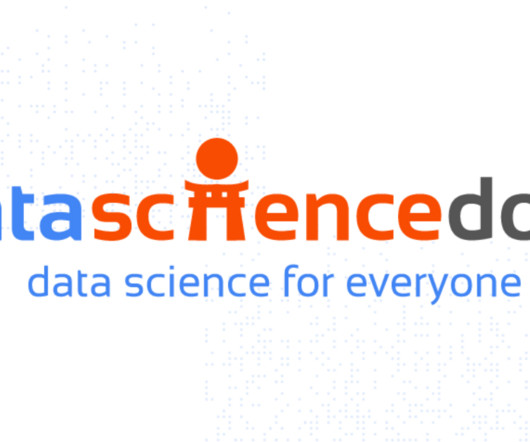



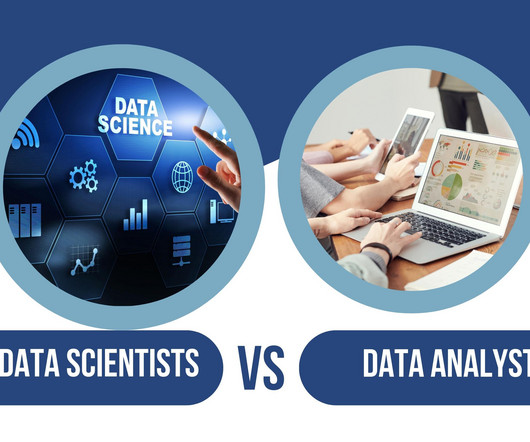


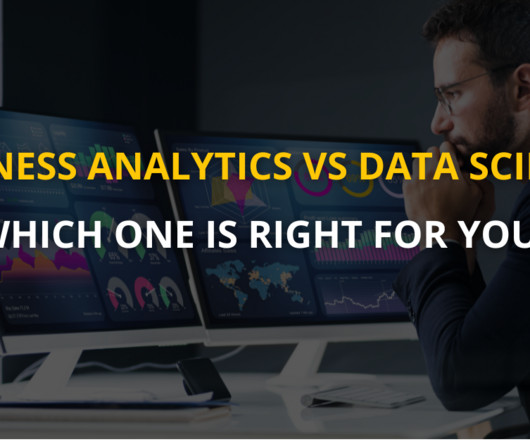

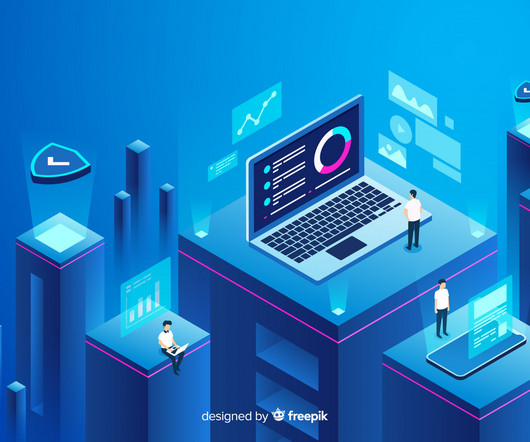
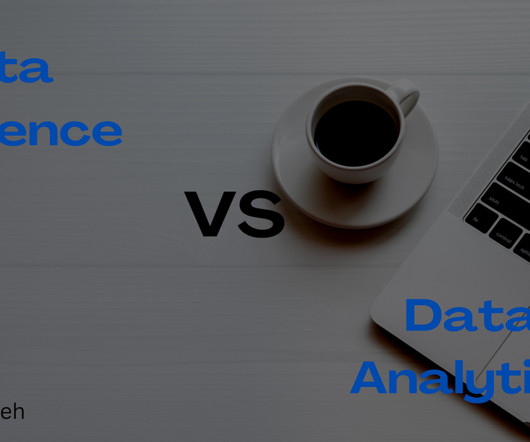
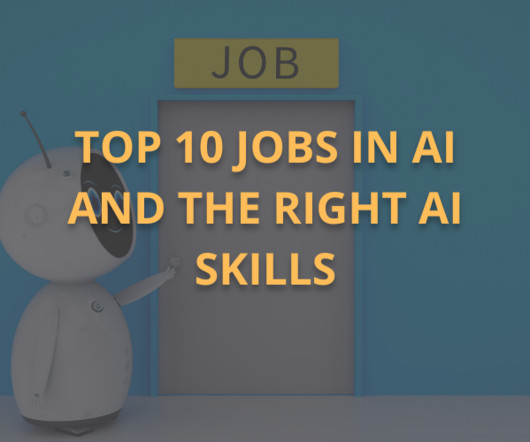




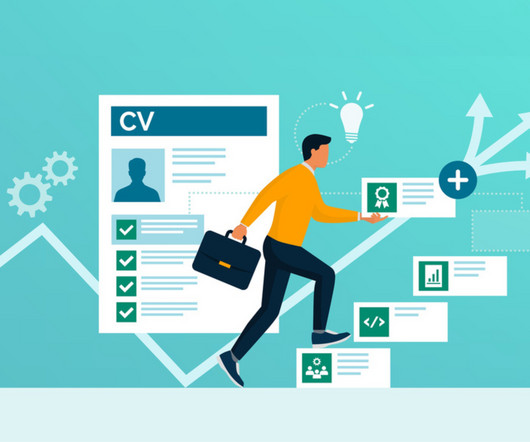
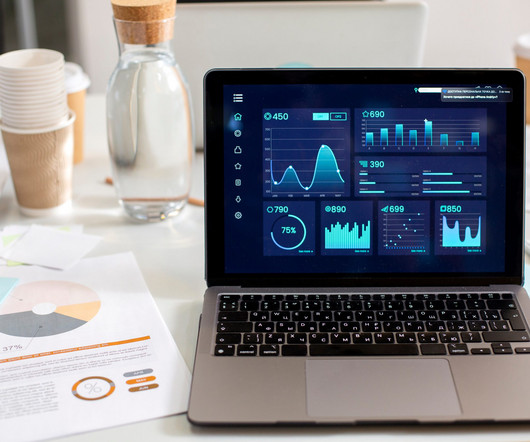









Let's personalize your content